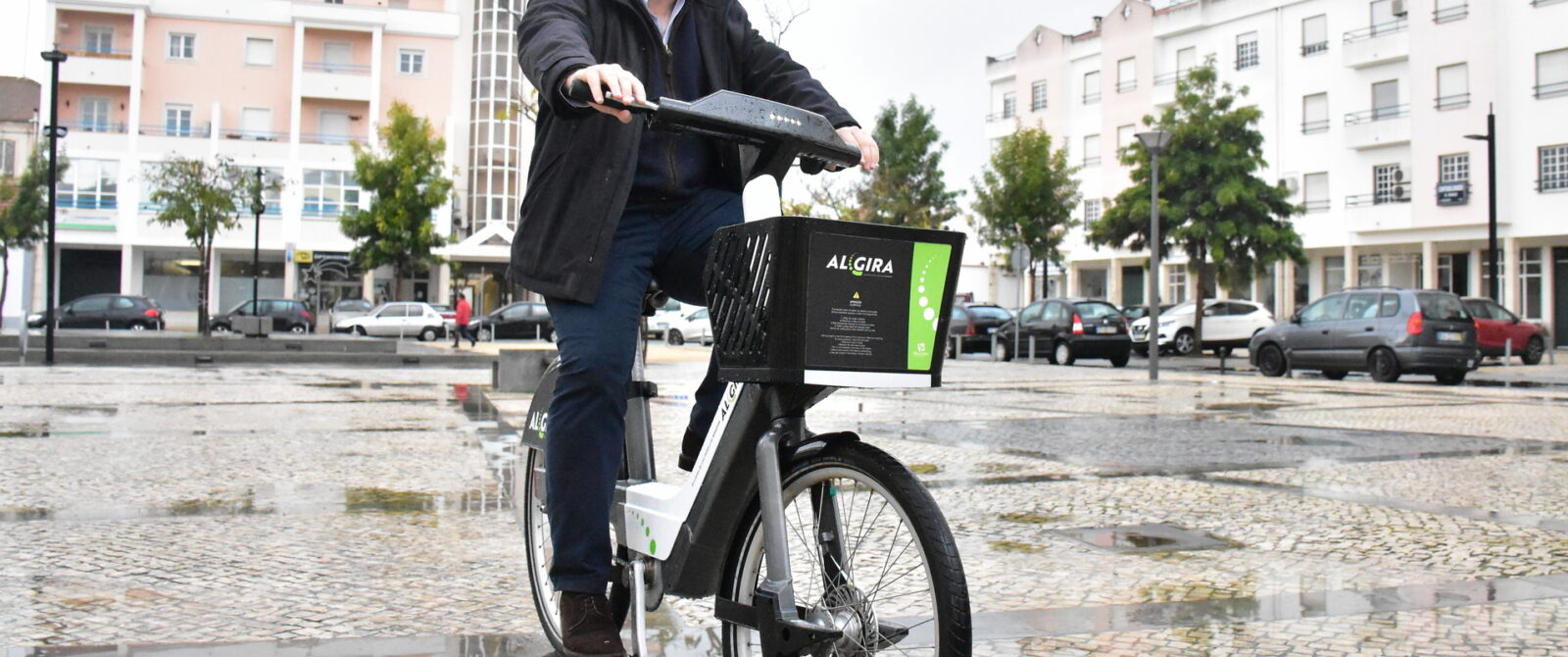What is sustainable mobility?
There are multiple terms and concepts related to sustainability, and they often get shared and repeated without any real understanding of what they mean and how they impact the world. So what does sustainable mobility actually mean?
In order to talk about sustainable mobility, first we have to understand what sustainability means. Sustainability is understood to be the ability to meet our needs (right now) without compromising the ability of future generations to meet their needs. Simple, isn’t it? The fact is that we haven’t been very successful in actually achieving it. Last year, we exhausted the earth’s resource budget for 2021 on 29th July. From that date onwards, we started living on credit, and we have been doing so – or at least running a deficit – since 1970. Overshoot happens when humanity’s pressure on the planet exceeds nature’s ability to regenerate its ecosystems. According to the Global Footprint Network, which calculates and sponsors Earth Overshoot Day, we use up over 74% more natural resources than Earth is capable of regenerating.
The numbers are quite depressing, however you look at them. The area of mobility is no exception. Transport accounts for almost 30% of the European Union’s carbon dioxide emissions, 72% of which come from road transport. This is where sustainable mobility comes in. Sustainable mobility is a way of managing transport that seeks to exert minimal environmental impact. In other words, getting around using means of transport that consume less energy and simultaneously produce less pollution per mile. This too is an easy concept to grasp, and it has recently forced its way into the media agenda, although it was already being described in 1987’s Brundtland Report — Our Common Future. This document was produced by the World Commission on Environment and Development (created by the UN) and chaired by Gro Harlem Brundtland, who was then the prime minister of Norway.
Of course, it’s much harder to put this concept into practice than it is to describe it, particularly in a society in which we are so dependent upon having our own means of transport. Pedro Nunes, of Associação Zero, argues that the solution must be a collective one. It’s not enough to increase purchases of electric cars and reduce emissions from public transport. We must also cut the number of cars in circulation and our use of them. According to Pedro, “This entails expanding and improving public transport, including on-demand public transport, incentivising teleworking and implementing creative policies relating to car parking, promoting soft modes of transport, shared mobility, fuel taxation, subsidising the use of public transport, and using roads and managing traffic congestion.” Other options which fit within the framework of sustainable mobility are soft mobility solutions (such as conventional bicycles and electric bicycles and scooters) and shared mobility models, such as carsharing — hiring for short periods of time using electronic platforms — and carpooling, which is sharing a vehicle with people travelling to the same location. The two latter methods have grown much over the last decade, but fell sharply in the last two years because of people’s fear of catching covid.
One way or another, the pandemic will end, but the concept of sustainable mobility is here to stay and will increasingly become a part of our lives. And it has definitely made its way into the political and corporate agenda.











